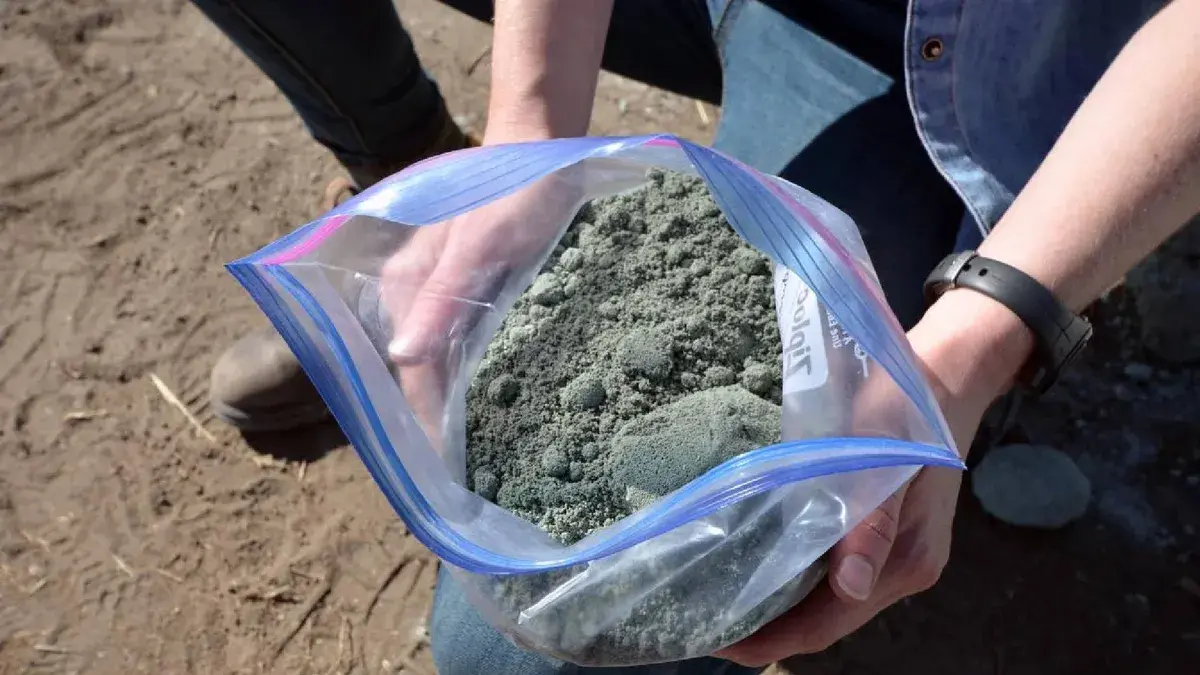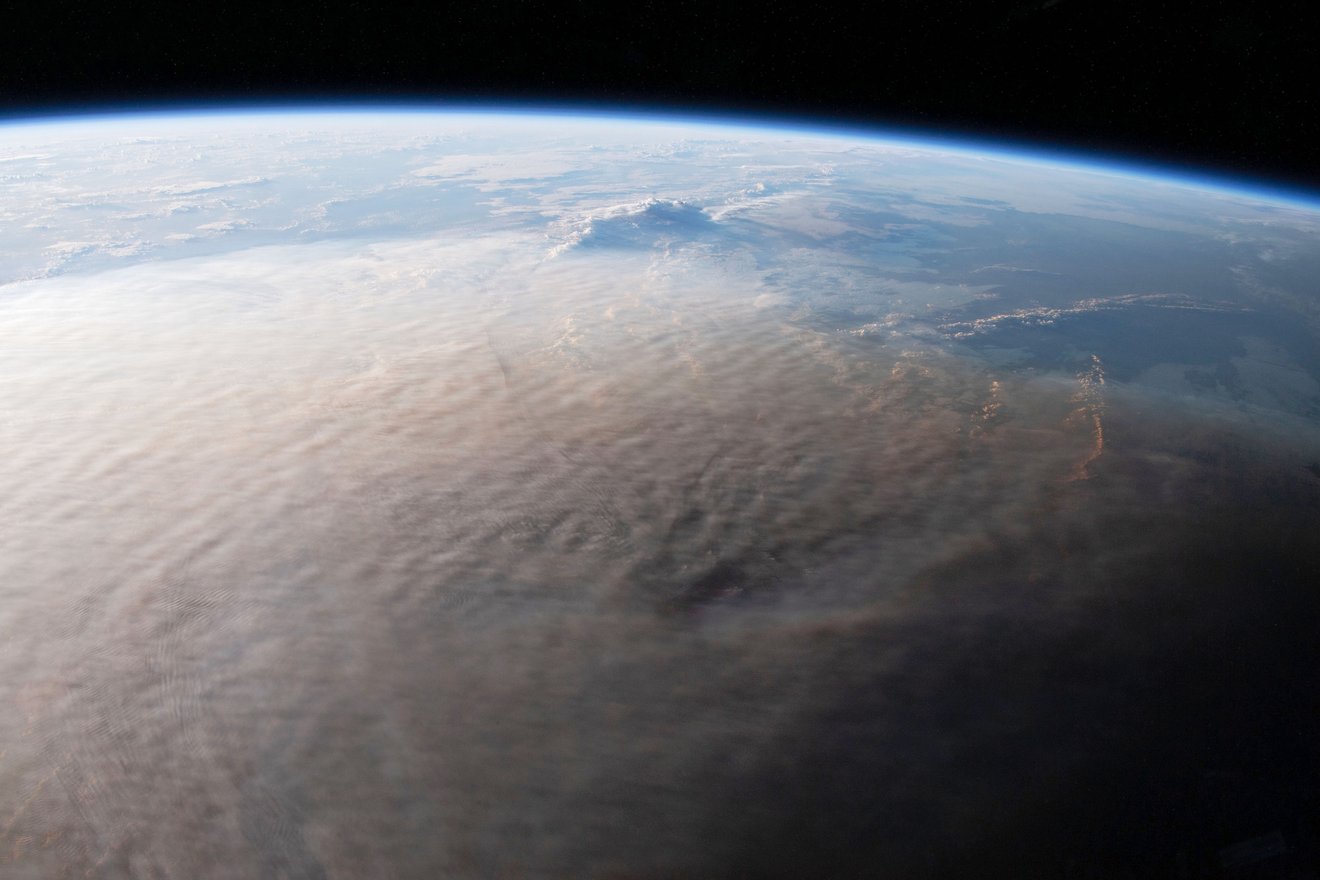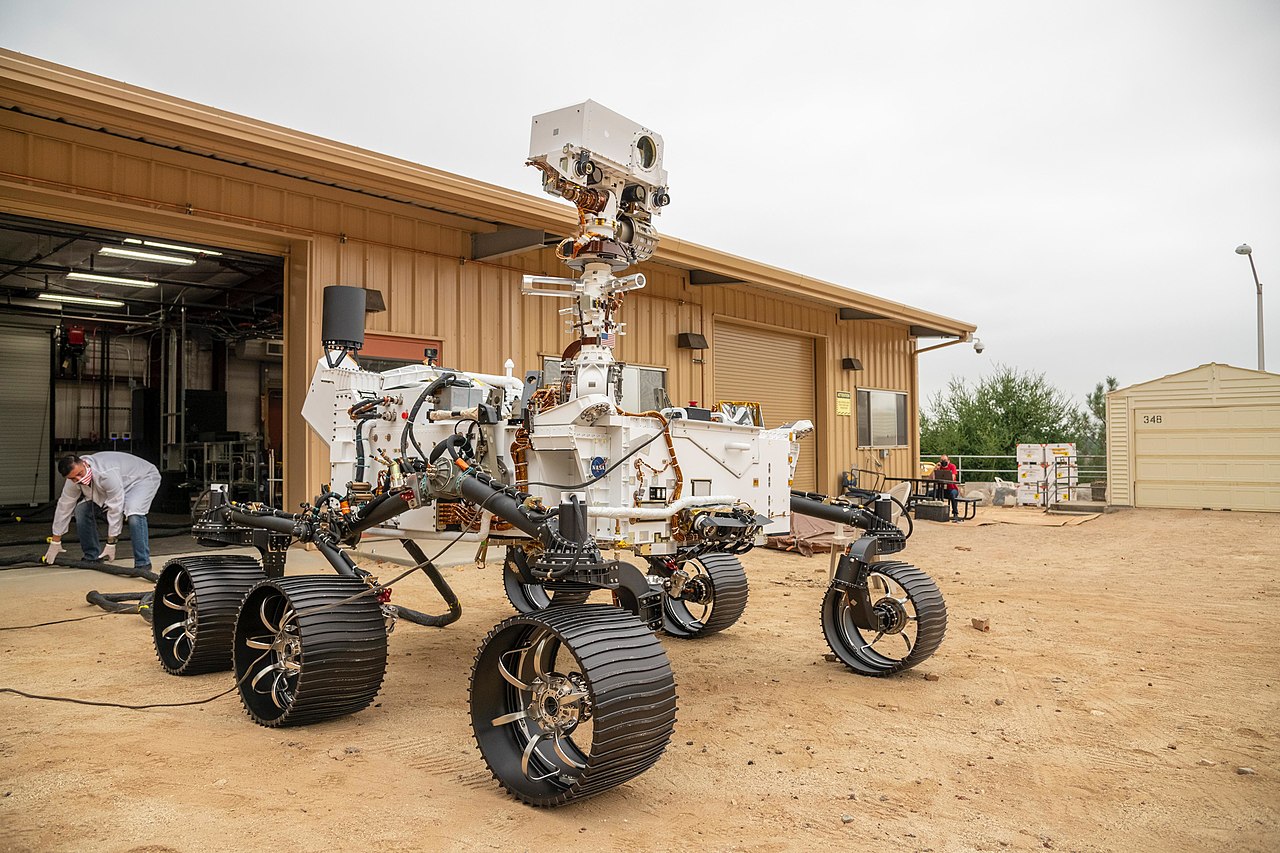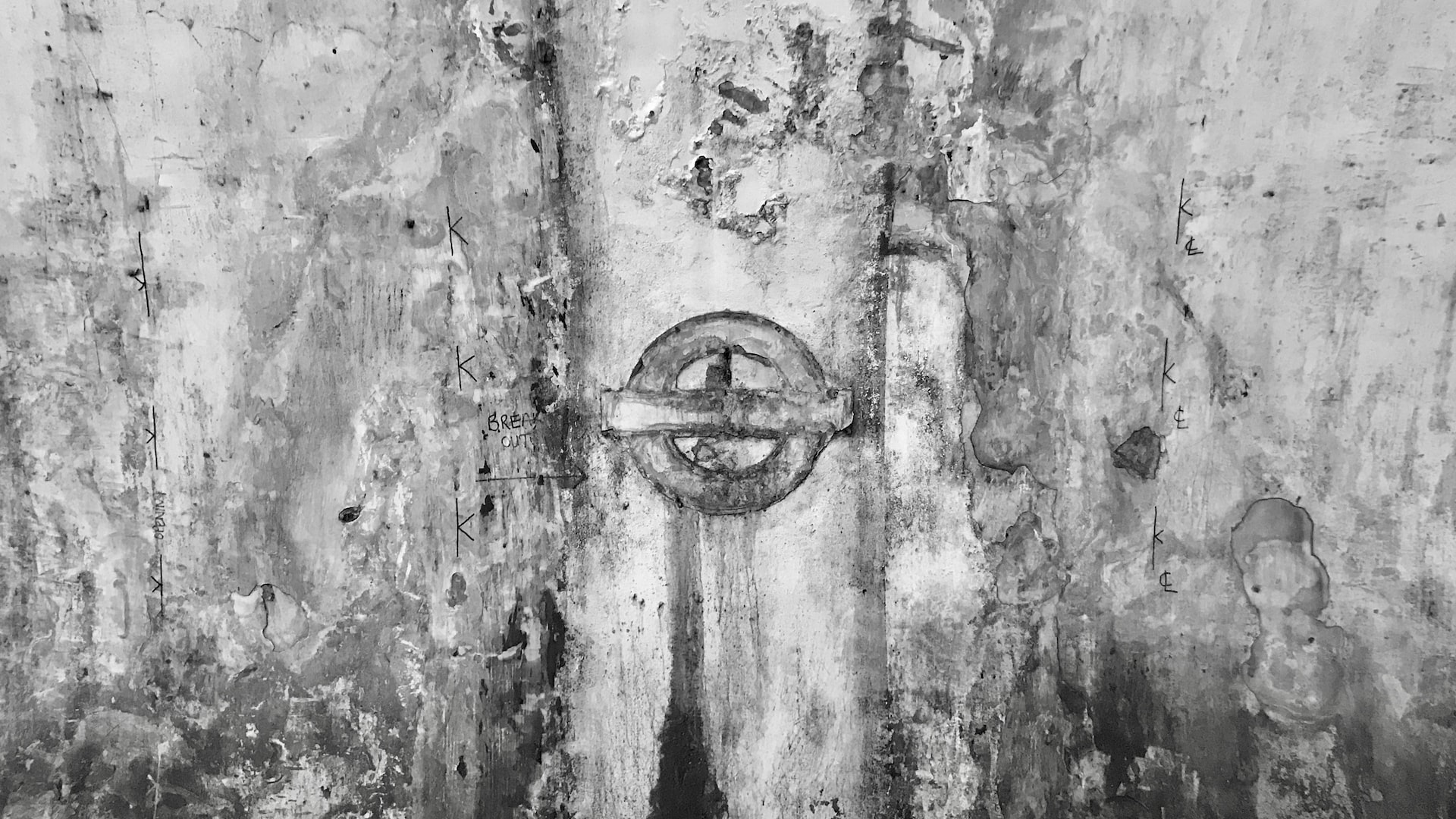A recent study conducted by researchers from the University of California, Davis, and Cornell University has unveiled a promising method for carbon removal from the atmosphere: the addition of crushed volcanic rock to cropland. Their findings demonstrate that this innovative technology effectively stores carbon in the soil, even in the face of extreme drought conditions in California.
The process involves rainfall capturing carbon dioxide from the air as it interacts with volcanic rock, a phenomenon referred to as rock weathering. However, this natural process usually proceeds at an impractically slow pace to sufficiently counteract global warming, taking millions of years. Yet, by grinding the rock into fine dust, this rock weathering process gains significant acceleration. Previous research has estimated that this “enhanced” rock weathering could potentially sequester an impressive 215 billion tons of carbon dioxide over the next 75 years if applied globally to croplands.
Testing in Arid Environments
Despite its demonstrated effectiveness in various studies, this technology had not been trialed in arid environments. To address this gap, researchers conducted tests in dry regions. They applied crushed rock, including both metabasalt and olivine, to a five-acre fallow cornfield situated in the Sacramento Valley, where they collected measurements during the winter months of 2020-2021—a period marked by an extreme drought in California, with rainfall at only 41% of its historical average.
The research findings indicated that the plots treated with crushed rock stored 0.15 tons of carbon dioxide per hectare, equivalent to 2.47 acres, during the study compared to plots without crushed rock. While weathering rates may vary in different environments, the potential impact is significant. Scientists envision that expanding this carbon removal approach to all California croplands could be comparable to removing 350,000 cars from the road annually.







